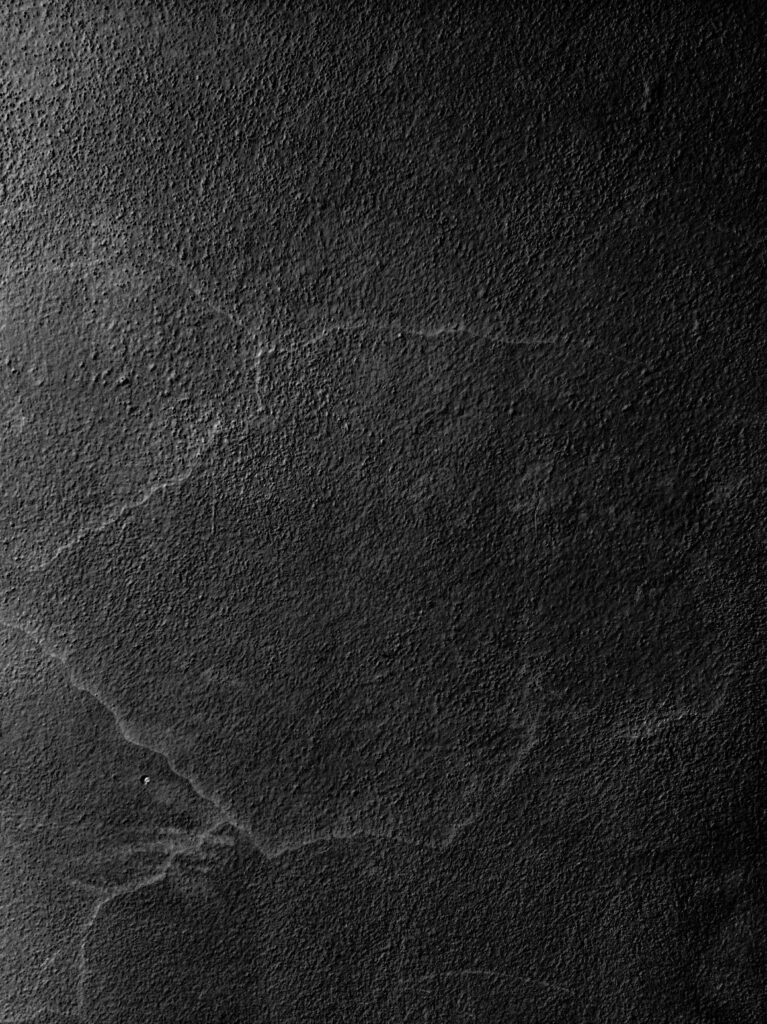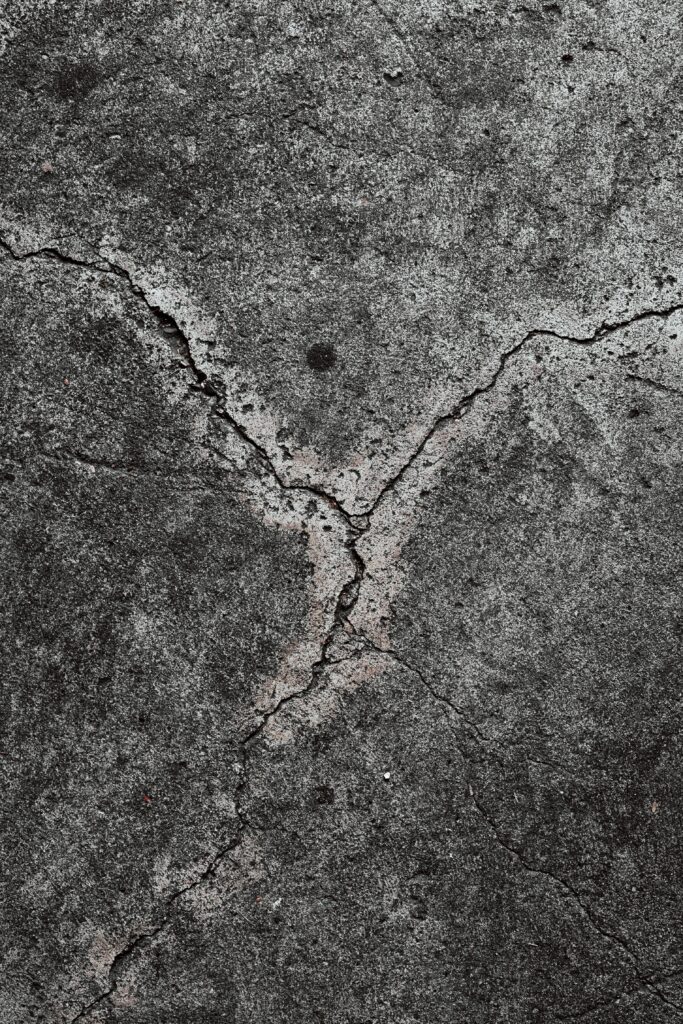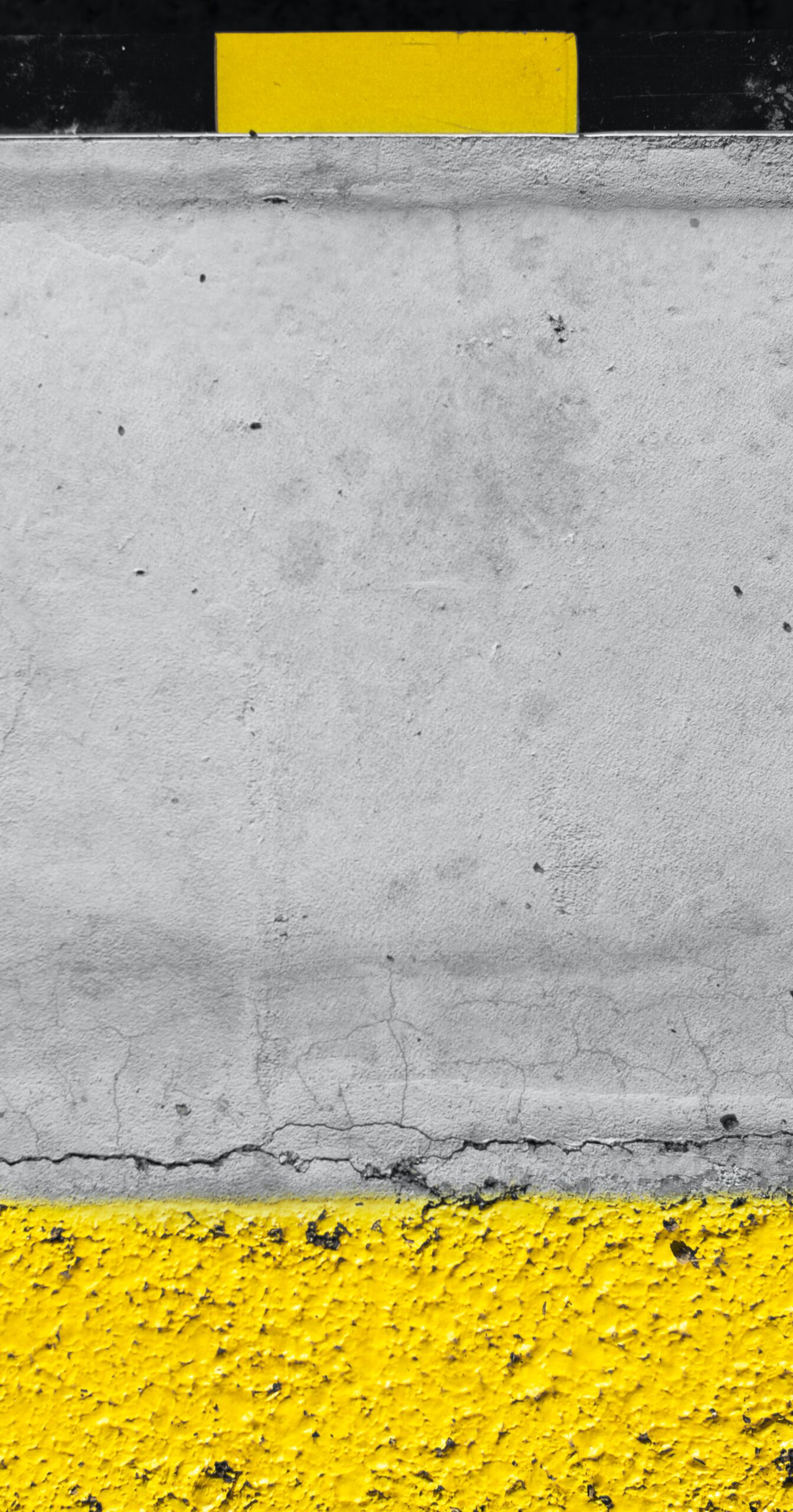Concrete is a popular construction material due to its durability and resistance to weathering, but it can also be susceptible to cracks that can lead to water infiltration and potential structural failure and the best solution is cracks repair. In this article, we’ll take a look at some common causes of concrete cracks in concrete and how you can repair them using various techniques.
The causes of concrete cracks
Cracks in concrete are often caused by a combination of factors such as moisture, weather, traffic, and vibration. While there is no one definitive cause, the most common causes of cracks in concrete are moisture intrusion and freeze/thaw cycles. Moisture intrusion can come from rain or groundwater seeping into the concrete through broken surfaces or cracks. Freeze/thaw cycles cause expansion and contraction of the concrete which can lead to cracks.
To prevent cracks from forming in your concrete, be sure to keep it dry and free of ice and snow. Also, refrain from vibrating the structure too much, and keep traffic away from areas where the concrete is wet. If you do experience a crack in your concrete, call a professional to repair it.
How to fix concrete cracks
If your concrete cracks are small, you may be able to repair them yourself. Use a level and a straight edge to measure the crack’s length and width. Use a trowel or a mallet to create a smooth, even surface on each side of the crack. Pour a small amount of coarse sand over the area and spread it using your hands. This will help to prevent the concrete from sticking to your hand. Use a caulking gun or a pump sprayer to fill in the crack with cement adhesive. Pump the gun until the cement is at least 1 inch (2.5 cm) deep. Smooth out the surface with a trowel or roller. allow the adhesive to dry for at least 24 hours before walking on it or using any heavy equipment on it.
How to repair large cracks in concrete
If you have a large crack in your concrete, there are a number of ways to repair it. You can try using a patch, but this may not be the best solution for your particular situation. You can also try using a sealant concrete filler to fill in the crack and make it stronger.
How to repair narrow cracks in concrete
Narrow cracks in concrete can be repaired with a mix of epoxy and Portland cement. The mixture should be thick enough to cover the crack and harden within 24 hours. A layer of fiberglass over the epoxy will help to prevent water infiltration and prolong the life of the repair.

How to repair cracks in concrete floor
Cracks in concrete floors are a common occurrence and can often be repaired without any major disruptions. There are a few different methods that can be used to repair cracks in a concrete floor, and the choice of repair depends on the severity of the crack and the surrounding area.
If the crack is small, a simple method such as epoxy or super glue can be used to seal it. If the crack is larger, or if it affects an area where water is likely to accumulate, then a more permanent solution such as concrete patching or grouting must be used.
Whatever method is chosen, it is important to ensure that the repair is done correctly so that it does not deteriorate over time. It is also important to keep in mind the aesthetic aspects of the area, so consider whether a more dramatic repair is necessary.

How to repair cracks in concrete driveway
Cracks in concrete driveways can be caused by a variety of factors, but most often they occur as a result of water infiltration and freezing. As the cracks grow, they may cause sections of the driveway to become uneven and dangerous. There are several steps you can take to repair cracks in concrete driveways.
The first step is to assess the damage. If you notice small cracks that have developed over time, you can try to fix them using a sealant or patching material. Larger cracks that have formed due to frost heave or water infiltration will require a more extensive repair. In these cases, you will need to remove the cracked area, replace the concrete with a new layer, and then seal the seam with a cementitious product.

How to repair cracks in concrete slab
Cracks in concrete can be a minor annoyance or a major problem, depending on their size and location. The following are the tips for repairing cracks in concrete slabs:
If the crack is small, you can try using a caulk gun to fill it in. If the crack is larger, you’ll need to repair the slab using one of the following methods:
- Repairing Cracks in Concrete Slab With Cement: One of the most common methods of repairing concrete cracks is to use cement. Cement repairs are quick and easy, but they may not be the best solution if the crack is deep or wide. If the crack is shallow or narrow, cement will likely seal it up completely. However, if the crack is deep or wide, it may not be able to fully close, and water could seep through the gap. In this case, you will need to use a different method.
- Repairing Cracks in Concrete Slab With Metal Mesh: If your concrete crack is deep or wide enough that cement won’t fix it, you can use metal mesh to fix it. Metal mesh is thin enough that it can be inserted into the crack and secured with
Benefits of cracks repair in concrete
Cracks repair in concrete can improve the overall structural integrity of the concrete. Repairing cracks can also prevent water and other pollutants from seeping into the crack and causing damage to the underlying structure.
Additionally, repairing cracks can increase the appearance of concrete by filling in small areas that have been damaged or unevenly surfaced.
In conclusion, if concrete cracks are repaired with a sealer, the cracks will likely shrink and the sealer will need to be reapplied every two to three years. If the cracks are left untreated, they can grow wider, which could lead to structural failure.

